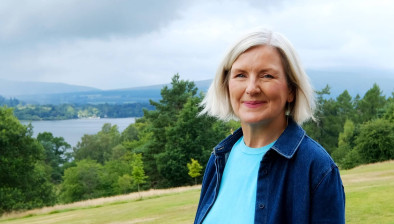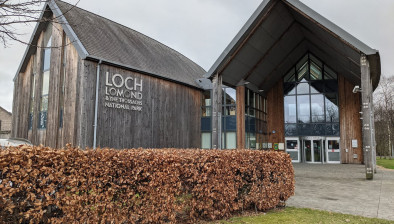Five-year vision for rural development within Loch Lomond national park

The public are being invited to have their say on a plan setting out key priorities for rural development in Loch Lomond & The Trossachs National Park over the next five years.
The draft National Park Partnership Plan 2018-2023 sets out a broad-ranging vision for how the Park Authority and its partners will work together to further develop the many benefits the National Park can offer Scotland’s environment, society, culture and economy.
A 12-week consultation on the draft plan will run until July 3.
Rural development is one of the three key themes with priorities including:
The plan is the first major piece of work led by the new convener of Loch Lomond & The Trossachs National Park, James Stuart.
As managing director of Entrepreneurial Scotland and former chief executive of the Royal Yachting Association, James Stuart, brings a wealth of experience in sport, recreation and tourism to the role at the National Park.
He said: “The National Park is a truly special place and this plan proposes how we along with a wide range of other organisations, can work together over the next five years to look after, enhance and make the most of it. By working collaboratively with all of our partners we can achieve a much greater impact.
“The focus is on big priorities for action that are most likely to make a lasting difference to the area, its communities, the people who visit and to the Scottish economy.
“This is an exciting time for the National Park and we want people to get involved in planning the future of the area by telling us what they think of the vision set out in this draft plan.”
The priorities set out in the Partnership Plan have been developed to tackle key issues within the National Park such as an ageing and declining population, improving infrastructure and public spaces, supporting sustainable business growth and empowering communities to have more say in decisions affecting their lives and where they live.
Gordon Watson, chief executive of Loch Lomond & The Trossachs National Park, said: “Rural development is all about supporting thriving local communities and sustainable, growing economies within a heavily visited and protected rural area. This can be a challenge.
“For example, while the population of Scotland as a whole is getting older, within the National Park it is the loss of population specifically of working age that is creating an imbalance. The National Park is also one of the most expensive places to buy a home due to high demand for commuting, retirement or holiday homes.
“There is already some great partnership work being undertaken to address this, such as increasing the amount of affordable housing being developed within the National Park and providing more training and employment opportunities for young people.
“The Partnership Plan aims to build on this work to ensure a bright, thriving future for the communities and places within the National Park.”















